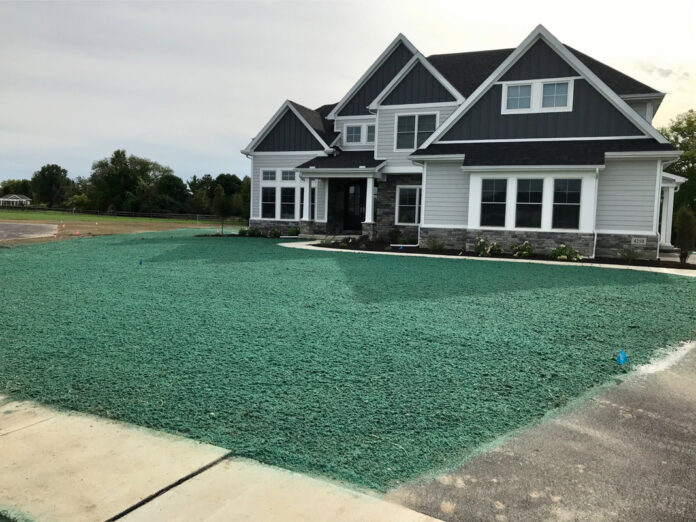
When it comes to establishing a lush and vibrant lawn or landscape, choosing the right seeding method is crucial. Two popular options for achieving this green dream are hydro and traditional seeding. Each method has its own set of advantages and considerations, making the choice a critical one for homeowners, landscapers, and property managers alike.
In this comprehensive guide, we will explore the pros and cons of hydro and traditional sowing, allowing you to make an informed decision tailored to your specific needs.
Introduction to Hydroseeding vs. Traditional Seeding
Hydroseeding, also known as hydraulic mulch planting or hydro-mulching, is a modern technique that involves mixing seed, water, fertilizer, and fiber mulch in a specialized machine. The resulting slurry, as exemplified by Hydroseeding in Portland, is then sprayed uniformly over the designated area.
On the other hand, conventional planting involves manually spreading seeds on the prepared soil, typically followed by rolling or raking to ensure proper soil-to-seed contact. Both methods aim to establish healthy vegetation, but they differ significantly in terms of advantages, maintenance, and environmental impact.
Advantages of Hydroseeding for Lawn Establishment
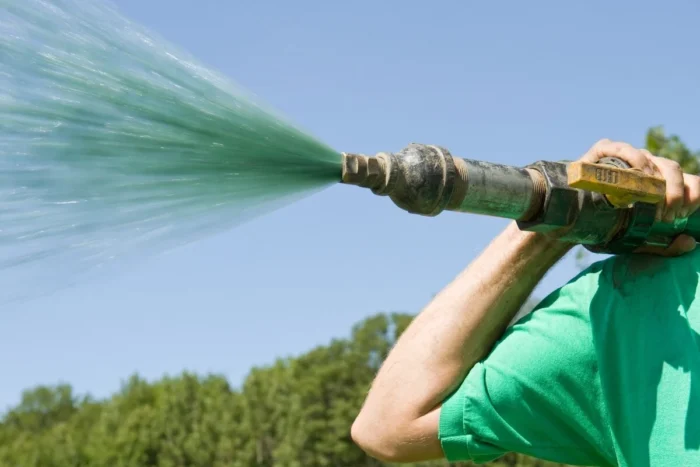
For growing a fresh lawn, hydroseeding offers a number of appealing benefits. First off, the slurry’s capacity to penetrate every crevice of the terrain results in exceptional seed-to-soil contact.
A denser and more uniform grass is produced as a result of quicker and more even germination. Mulch also aids in the retention of moisture, which is necessary for seed germination and early development.
Benefits of Traditional Seeding for Landscaping
While it has its merits, traditional seeding remains a tried-and-true method for landscaping. One notable benefit is cost efficiency. Conventional planting is generally more budget-friendly because it requires fewer specialized machines and equipment. This makes it a practical choice for smaller projects or those with limited budgets.
Traditional sowing also allows for greater flexibility in seed selection and application. You can handpick specific grass varieties and directly control their distribution, providing greater customization for your landscaping needs. Moreover, conventional sowing is a viable option for patch repairs or overseeding existing lawns, offering a targeted approach to address problem areas.
Cost Considerations ─ Hydroseeding vs. Traditional Seeding
Cost is a significant factor to consider when deciding between hydro and traditional sowing. It typically has a higher upfront cost due to the specialized equipment and materials involved. However, it can save money in the long run by reducing water usage, erosion control expenses, and the need for reseeding. Conventional sowing, while initially more cost-effective, may incur additional costs for erosion control and maintenance.
Ultimately, the choice between hydro and traditional sowing should align with your budget and long-term goals. For large-scale projects or areas prone to erosion, hydroseeding’s initial investment may be justified. For smaller projects with a limited budget, traditional sowing may be the more practical choice.
Environmental Impact of Hydroseeding and Traditional Seeding
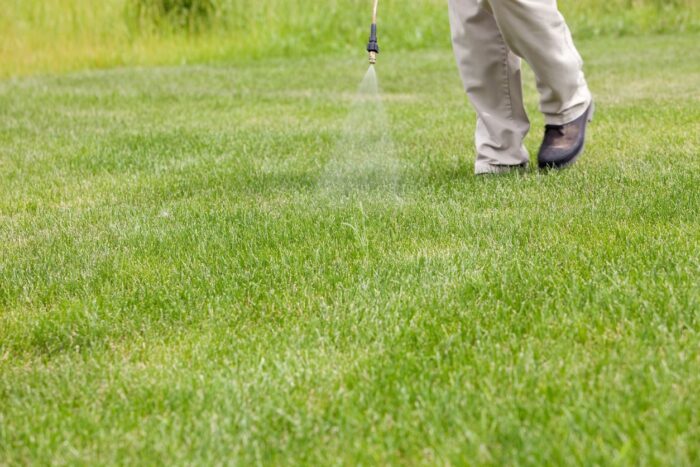
Both hydro and traditional sowing have environmental implications, and understanding these is crucial for responsible landscaping. Hydro, with its erosion control benefits, can help prevent soil runoff and sedimentation in water bodies, contributing to better water quality. However, the mulch used in it may contain synthetic materials, so it’s important to opt for biodegradable options.
However, classic planting uses fewer resources and has less of an impact on the environment. To guarantee seed germination, additional water can be needed in the early stages. In addition, soil erosion is more likely without the protective mulch layer that it provides.
To minimize the environmental impact of both methods, consider factors such as seed selection, mulch choices, and irrigation practices that promote water conservation and sustainability.
Maintenance Requirements for Hydroseeded Lawns
Due to the enhanced germination and establishment process, hydroseeded lawns often require less care in the early stages. However, continual maintenance is necessary to guarantee a growing and healthy grass. Regular fertilization, mowing, and watering are required. It’s also essential to keep an eye out for pests and weeds because lawns might be more susceptible to invading species.
Maintenance Requirements for Traditionally Seeded Lawns
The beginning phases of traditional sowing require more care since the seed-to-soil contact may not be as effective as with hydroseeding. It is crucial to provide sufficient irrigation, fertilization, and defense against soil erosion. To maintain density and vigor over time, traditional lawns may also need more regular overseeding and aeration.
Factors Influencing Seed Selection for Your Project
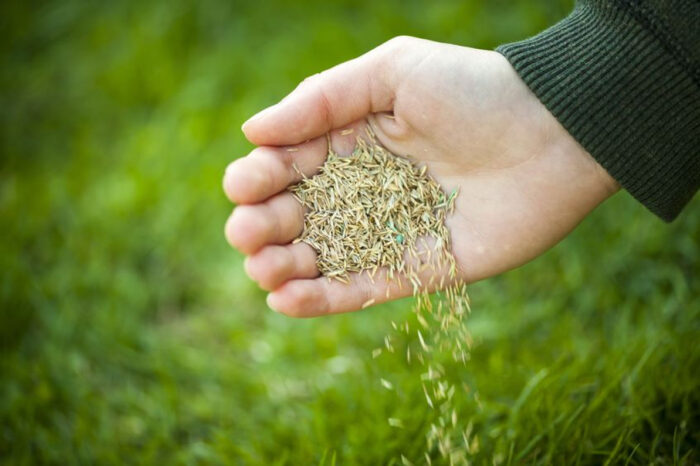
Choosing the right grass seed for your project is pivotal to its success. Factors such as climate, soil type, intended use (e.g., residential lawn, sports field, or commercial property), and aesthetic preferences should all be taken into account. Local climate conditions play a significant role in determining which grass varieties will thrive in your region. Consult with a local nursery or landscaper for expert guidance on seed selection.
Case Studies Comparing Hydroseeding and Traditional Seeding
To further illustrate the differences between hydro and traditional sowing, let’s delve into some real-world case studies.
Case Study 1 ─ Residential Lawn
In a suburban setting with a small budget, traditional planting proved effective for establishing a lush, family-friendly lawn. Its lower initial cost allowed for additional landscaping features.
Case Study 2 ─ Erosion-Prone Slope
For a sloped construction site vulnerable to erosion, hydro was the clear winner. Its erosion control properties prevented soil runoff and sedimentation, ensuring a stable landscape.
Expert Opinions on the Best Approach for Different Situations
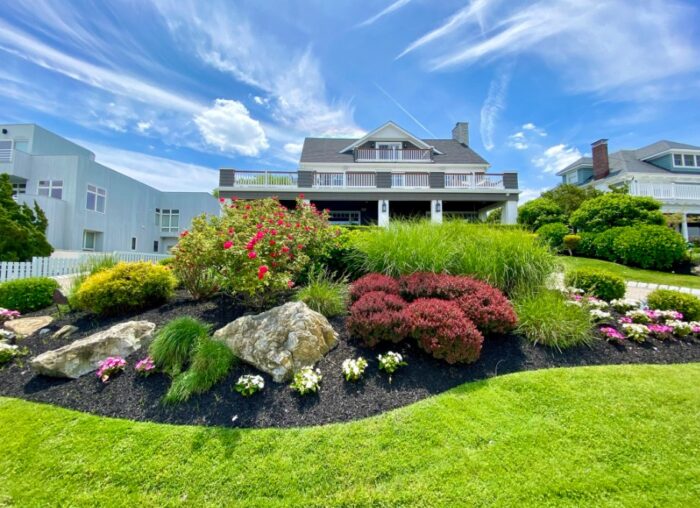
Landscaping professionals often weigh in on the hydro vs. traditional debate. Many experts emphasize the importance of matching the planting method to the specific project requirements. For erosion-prone areas or larger landscapes, hydro is favored for its efficiency and effectiveness. In contrast, traditional planting is preferred for smaller residential lawns and situations where budget constraints are a primary concern.
Conclusion ─ Choosing the Right Seeding Method for Your Needs
In the end, the choice between hydro and traditional planting boils down to your project’s unique requirements, budget, and environmental considerations. Hydro offers rapid and even germination, erosion control, and customization options, making it suitable for many landscaping scenarios. Traditional planting, with its cost-efficiency and flexibility in seed selection, remains a practical choice for smaller projects and budget-conscious individuals.
To make an informed decision, consult with local experts, assess your budget, consider the environmental impact, and carefully evaluate the specific needs of your project. By doing so, you’ll be well on your way to achieving a green and vibrant landscape that suits your goals and values.
In the ever-evolving world of landscaping, both hydroseeding and traditional planting have their place, ensuring that there is a suitable method for every lawn and landscape.








